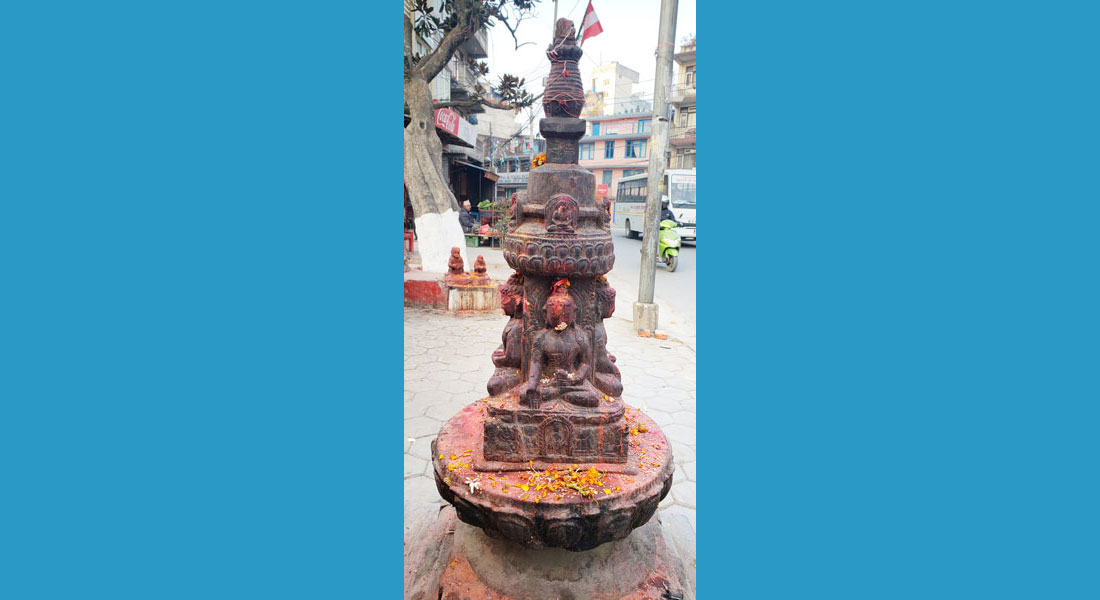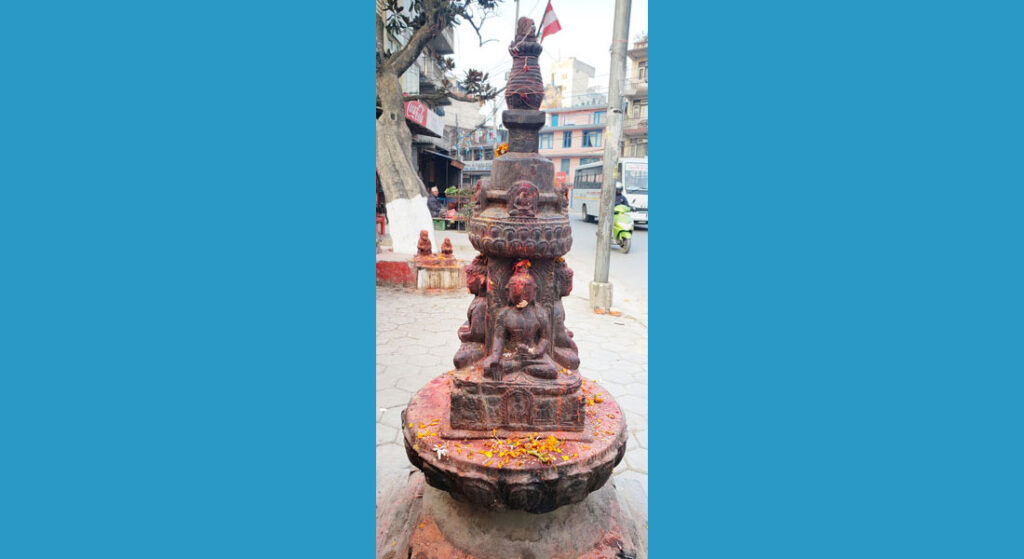With an aim to keep temple idols in Nepal free from toxic vermilion powder, where often abir or gulal is used as kumkum, RI District 3292 has taken up a series of awareness sessions and programmes with the involvement of Rotaractors, Interactors and the local Sat Sangh Ashrams. Devotees and temple authorities will be educated on the harmful effects caused by toxic abir.

Traditional sindoor is made with turmeric and alum or lime, or from other herbal ingredients. But in recent times, red lead and mercuric sulfide (cinnabar) are used in its manufacture. Both these components are toxic and can cause serious harm to the skin, explains Uday R Sharma, Chair, Environment and Save the Planet Sub Committee, D 3292. The idols in Nepal’s temples, he says, are smeared with abir and devotees apply it on their foreheads too.
RC Dillibazar-Kathmandu is influencing local traders to supply non-toxic abir to temples at a fair price. The temple authorities have been requested to ban use of toxic vermilion powder on the temple premises. The Budhanilkantha temple has enforced such a ban.
Rotary clubs are extending financial support to farmers to grow sindoor plants and nurseries are being created to supply plants to them. The pod of this plant has a colouring achiote (red-orange condiment) which is a source of non-toxic red-colouring agent.






